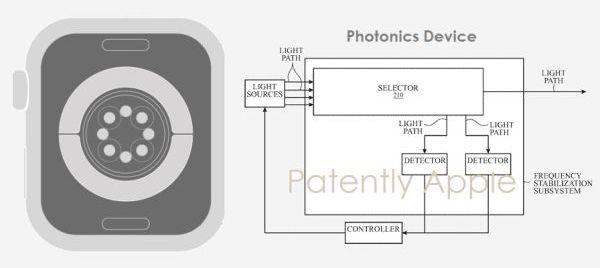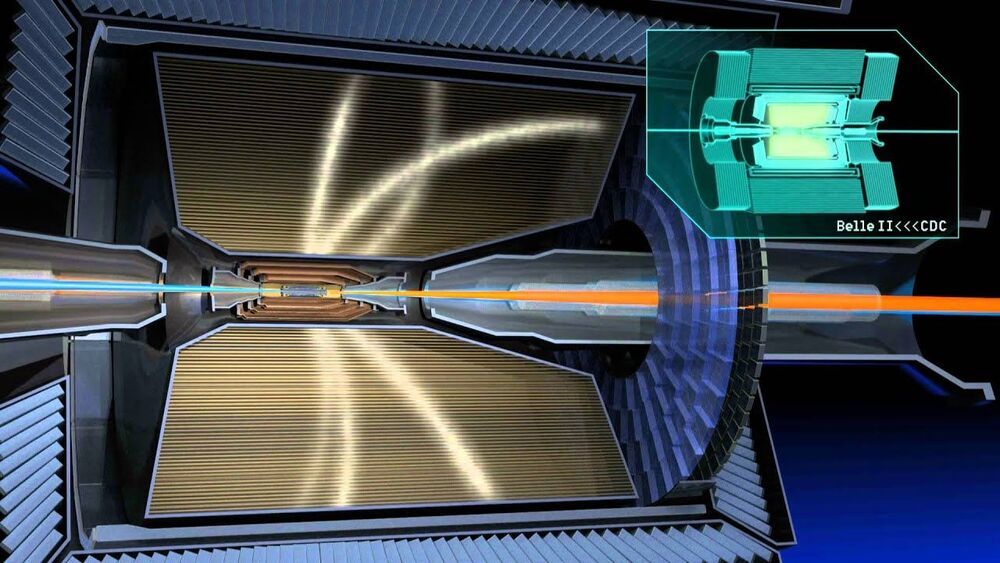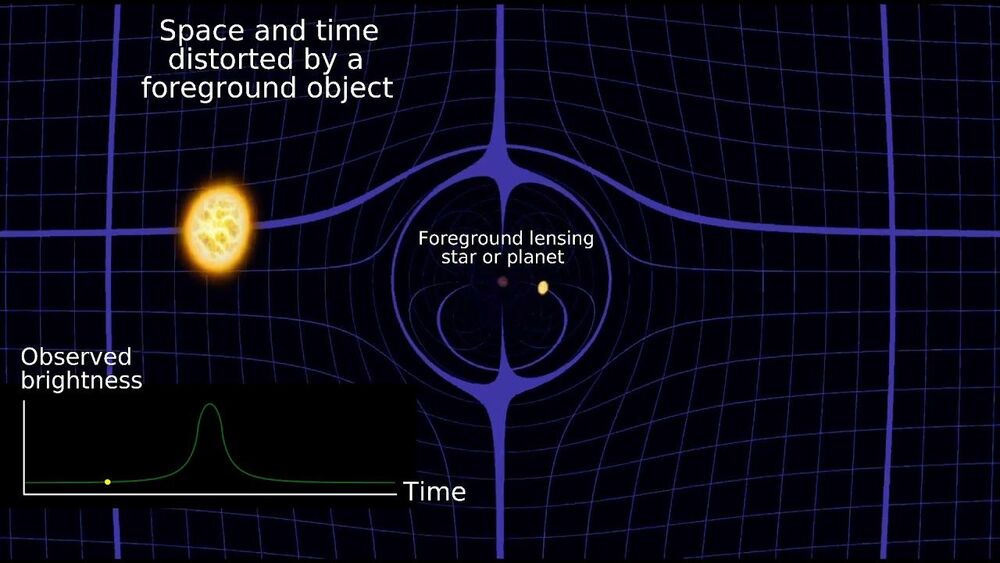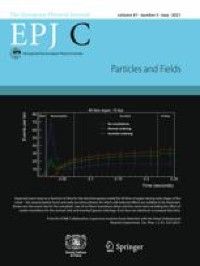Today the U.S. Patent and Trademark Office officially granted Apple a patent that relates to an integrated photonics device. Apple is working with a UK Photonics company that supplies specialized components for the smartwatch market. One medical network publication believes that Apple is working with this UK company on a blood glucose solution.
Circa 2020
What are the fundamental laws that govern our universe? How did the matter in the universe today get there? What exactly is dark matter?
The questions may be eternal, but no human scientist has an eternity to answer them.
Researchers have found evidence for an anomalous phase of matter that was predicted to exist in the 1960s. Harnessing its properties could pave the way to new technologies able to share information without energy losses. These results are reported in the journal Science Advances.
While investigating a quantum material, the researchers from the University of Cambridge who led the study observed the presence of unexpectedly fast waves of energy rippling through the material when they exposed it to short and intense laser pulses. They were able to make these observations by using a microscopic speed camera that can track small and very fast movement on a scale that is challenging with many other techniques. This technique probes the material with two light pulses: the first one disturbs it and creates waves—or oscillations—propagating outward in concentric circles, in the same way as dropping a rock into a pond; the second light pulse takes a snapshot of these waves at various times. Put together, these images allowed them to look at how these waves behave, and to understand their ‘speed limit.’
“At room temperature, these waves move at a hundredth of the speed of light, much faster than we would expect in a normal material. But when we go to higher temperatures, it is as if the pond has frozen,” explained first author Hope Bretscher, who carried out this research at Cambridge’s Cavendish Laboratory. “We don’t see these waves moving away from the rock at all. We spent a long time searching for why such bizarre behavior could occur.”
When a star is born, the leftover dust and gas in the cloud from which it formed doesn’t just sit there. It clumps together, forming other cosmic objects — asteroids and comets and meteors and, yes, exoplanets. We’ve detected many of these exoplanets in orbit around alien stars in the Milky Way.
But not all exoplanets stay put. Some get gravitationally kicked away from their parent star, to wander the galaxy, cold and alone. These are less easy to detect — but, after careful combing through data from NASA’s planet-hunting Kepler space telescope, astronomers think they’ve found some.
In data from a two-month observing period, they counted 27 signals hinting that a rogue exoplanet was moving past the telescope’s eye. Most of them were known, detected by other instruments — but five were completely new.
Melanie Mitchell has worked on digital minds for decades. She says they’ll never truly be like ours until they can make analogies.
Researchers have found a way to enhance radiation therapy using novel iodine nanoparticles.
Cancer cell death is triggered within three days when X-rays are shone onto tumor tissue containing iodine-carrying nanoparticles. The iodine releases electrons that break the tumor’s DNA, leading to cell death. The findings, by scientists at Kyoto University’s Institute for Integrated Cell-Material Sciences (iCeMS) and colleagues in Japan and the US, were published in the journal Scientific Reports.
“Exposing a metal to light leads to the release of electrons, a phenomenon called the photoelectric effect. An explanation of this phenomenon by Albert Einstein in 1905 heralded the birth of quantum physics,” says iCeMS molecular biologist Fuyuhiko Tamanoi, who led the study. “Our research provides evidence that suggests it is possible to reproduce this effect inside cancer cells.”
Circa 2012 One day ice from could be transformed to metal the be transported anywhere even into space.
Researchers have combined high-powered computing and ‘chemical intuition’ to discover new phases of ice at extremely high pressures nonexistent on Earth, but probably abundant elsewhere in the solar system. (Jan. 16, 2012)
A tachyon field might be responsible for cosmological inflation at an early time and contribute to cosmological dark matter at a later time. We investigate tachyonic inflation by analyzing a tachyon field with different potentials in the framework of loop quantum cosmology. No matter which tachyon field energy dominates at the bounce, the evolution of the background can be divided into three phases: super-inflation, damping, and slow-roll inflation. The duration of each phase depends on the initial condition. During the slow-roll inflation, when the initial condition is $$V(T_\mathrm{B})/\rho _\mathrm{c}\ge 10^{-6}$$ V(TB)/ρc≥10–6, the number of e-folds is very high ($$N\gg 60$$ N≫60) for $$V\propto T^{-n}$$ V∝T-n with $$n=1$$ n=1 and 1 / 2. For an exponential potential, to get enough e-folds, $$V(T_\mathrm{B})/\rho _\mathrm{c}$$ V(TB)/ρc should be greater than $$7.802\times 10^{-4}$$7.
The Federal Aviation Administration (FAA) has officially approved Jeff Bezos  Jeffrey (Jeff) Preston BezosFAA approves Blue Origin launch with Bezos, others aboard Richard Branson’s launch changes the way we look at space Branson, Bezos and Musk: A new space race for a new generation MORE ’s highly anticipated spaceflight next week aboard a rocket developed by his aerospace company, Blue Origin.
Jeffrey (Jeff) Preston BezosFAA approves Blue Origin launch with Bezos, others aboard Richard Branson’s launch changes the way we look at space Branson, Bezos and Musk: A new space race for a new generation MORE ’s highly anticipated spaceflight next week aboard a rocket developed by his aerospace company, Blue Origin.
The license, which was approved by the FAA on Monday and is valid through August, comes as Bezos, along with his brother and two others, are scheduled to launch into space next Tuesday on the New Shepard rocket.
The flight is part of an effort by billionaire-owned technology and transportation companies to make space flight a commercially available experience.









